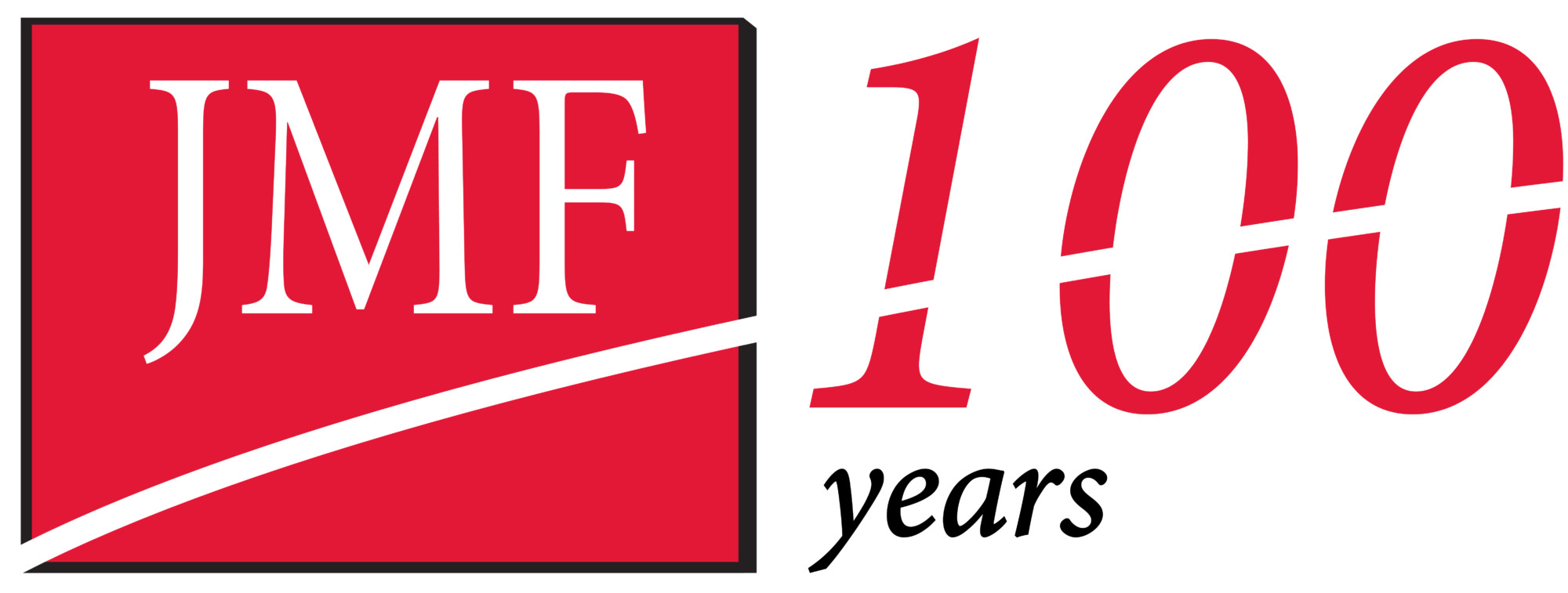As we near the end of tax filing season, you might be looking to increase the number of itemized deductions you can use to offset highly taxed ordinary income. What about the grab bag of expenses known as miscellaneous expenses? If you qualify, you might be able to deduct a portion of those expenses on your 2016 tax return.
Background: Miscellaneous expenses are generally not big-ticket items (with certain key exceptions), but they can add up into a sizeable deduction at tax return time. The main hurdle is your annual deduction is limited to the excess above 2% of your adjusted gross income (AGI) for the year.
For instance, suppose that your AGI for 2016 is $100,000 and you incurred $1,975 of miscellaneous expenses during the year. In that case, your deduction is zero because you didn’t clear $2,000, which is 2% of AGI. However, if you have $3,000 in miscellaneous expenses, you are able to deduct $1,000.
Miscellaneous expenses are generally attributable to one of two categories: production-of-income expenses or employee business expenses. Here is a brief overview:
- Production-of-income expenses: This group includes expenses related to the production of income through investments, financial planning, retirement planning and tax assistance. Although this list isn’t all-inclusive, some common examples are the cost of renting a safe deposit box in which to store non-tax-exempt securities; accounting fees and legal fees to produce or preserve income; custodial fees for income-producing property and IRAs; fees paid to collect interest or dividends; hobby expenses (up to the amount of hobby income); fees for investment and tax counsel; appraisal fees for charitable contributions and casualty losses; and the cost of services, periodicals, manuals and other materials related to tax assistance.
Note that the cost of having your tax return prepared by a professional is deductible as a miscellaneous expense.
- Employee business expenses: The other main group of miscellaneous expenses consists of un-reimbursed employee business expenses. It includes such expenses as dues paid to professional societies, union dues, employment-related education, malpractice insurance premiums, qualified home-office expenses, subscriptions to professional journals and magazines, work clothes or uniforms, cellular phones and home computers (when required as a condition of employment), and qualified travel and entertainment expenses (but only 50% of entertainment costs are eligible for the deduction).
Final words: As is usually the case with taxes, there are several exceptions to these general rules, so it is recommended that you obtain expert tax advice. Remember that the cost of tax assistance itself is deductible as a miscellaneous expense, subject to the 2%-of-AGI limit.







Leave A Comment
You must be logged in to post a comment.